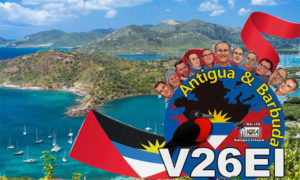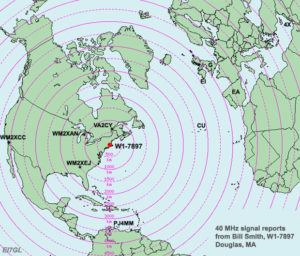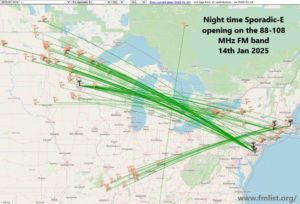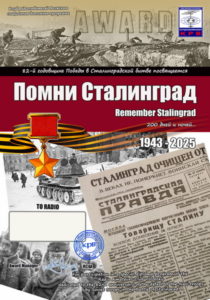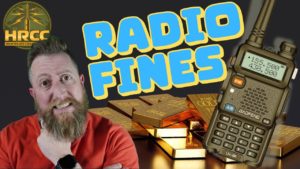ARRL Comments in Orbital Debris Mitigation Proceeding

In comments to the FCC, ARRL targeted two specific areas of concern regarding a Further Notice of Proposed Rulemaking (FNPRM) in IB Docket 18-313 — mitigation of orbital debris in the new space age. In an earlier phase of the proceeding, ARRL filed comments and met with FCC staff to discuss the proposed rules. In comments filed on October 9, ARRL focused on the areas of indemnification and maneuverability/propulsion. Indemnification places the liability for any possible damage from a satellite on an individual or entity. ARRL reiterated its assertion that, as a practical matter, an indemnification requirement “would seriously impair the ability of amateur and university experimenters to launch and operate satellites under US auspices” due to the potential liability and high insurance cost.
ARRL’s comments cited a letter from University Small Satellite Researchers, submitted on behalf of 24 named professors last April, contending that the requirement “would effectively preclude a large proportion of academic SmallSat missions because public universities typically cannot legally enter into indemnification arrangements.”
ARRL argued that if the FCC does adopt an indemnification requirement, it should allow either the owner or the licensee of an amateur space station to provide indemnification. In the Amateur Satellite Service, a licensee can only be an individual. An individual licensee is unlikely to accept liability for a satellite, but a satellite owner might. In its own comments, AMSAT similarly asked for language that would allow satellite owners as well as licensees to indemnify the US for the operation of an amateur radio satellite.
The FCC proposal also would require that all space stations deployed in low-Earth orbits higher than 400 kilometers (about 250 miles) be able to maneuver with the use of some sort of onboard propulsion system. ARRL urged the adoption of an exception for “a limited number of amateur and similar experimental satellites” that are below a specified size and mass and either standalone spacecraft or in a constellation of no more than four or five individual satellites. ARRL suggested a size limit of 36 × 24 × 12 centimeters and 12 kilograms in mass.
“This would accommodate the types of small satellites most often used for experimental purposes by radio amateurs,” ARRL told the FCC. “Such satellites are small in number [and] have limited to no capacity to implement maneuverability using current technology due to their small size,” yet provide valuable platforms for experimentation and student experience.
Alternatively, ARRL asked the FCC to consider increasing the 400-kilometer low-Earth orbit limit, since satellites placed into orbit from the ISS and from ISS service vehicles “often are in higher orbits but share the same characteristics as those that orbit below 400 kilometers.” Doing so would help to preserve the educational and experimental benefit of such satellites, ARRL said, provided “such vehicles are shown to pose no risk to the International Space Station and will return to Earth within the specified time limit,”
In concluding its remarks, ARRL asked for “reasonable accommodation,” given the public benefit of the Amateur Satellite Service, rather than lumping small experimenters and researchers with large corporate entities planning to launch thousands of satellites.
If you have found a spelling error, please, notify us by selecting that text and pressing Ctrl+Enter.
